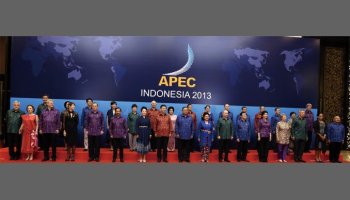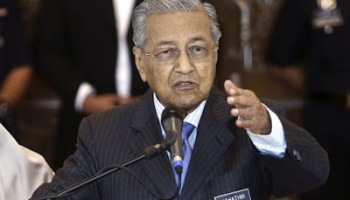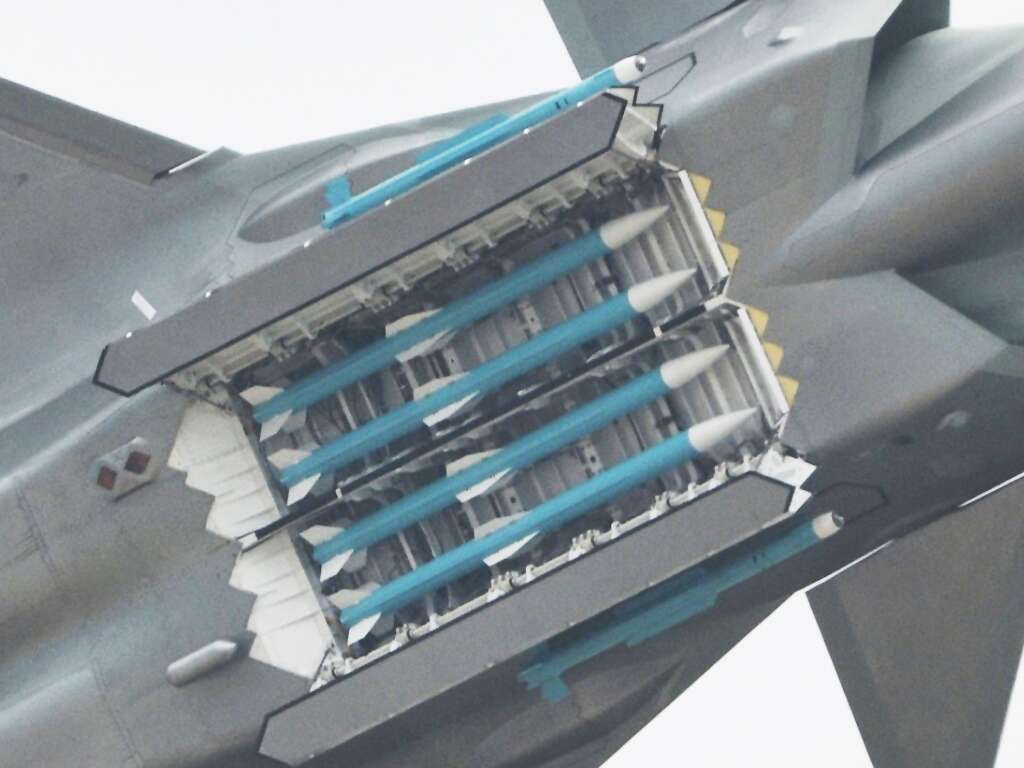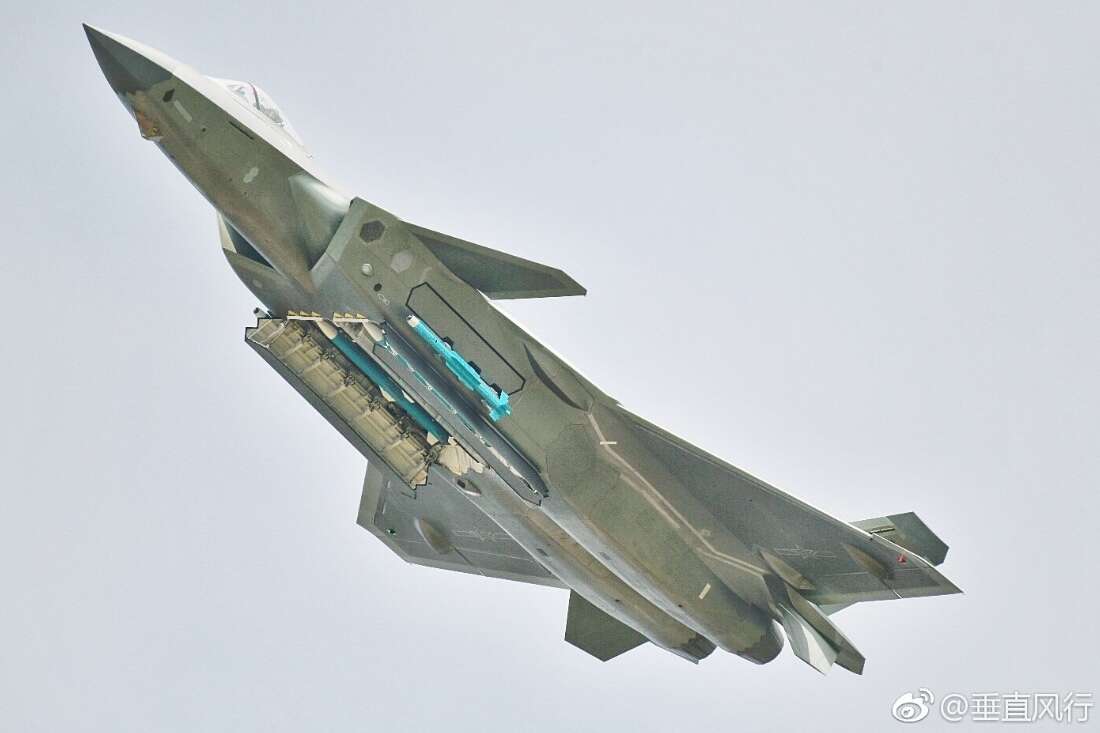https://youtu.be/iMB26dijZAE
https://youtu.be/tedFwDyW2Uo
NOW that the quartet of Asean-related summits is over for the year, so should the niggling criticisms. At least they should – more important matters are at hand.
Over the week Singapore hosted the 2nd RCEP (Regional Comprehensive Economic Partnership) Summit, the 13th East Asia Summit, the 21st Asean Plus Three Summit, and – not least – the 33rd Asean Summit.
These summits were held because it was time they were, and Singapore hosted them because it was its turn. But criticisms were not far behind.
US President Donald Trump was a no-show, and so was Chinese President Xi Jinping. Vice-President Mike Pence and Prime Minister Li Keqiang attended instead.
Trump was criticised for his absence, which allegedly “left the region wide open” for Xi’s China to make further inroads here. That complaint was limited only by Xi’s own absence.
Philippine President Rodrigo Duterte was also criticised for not attending an “informal breakfast summit” between Asean and Australian leaders.
His said it was only an informal event, and it was over breakfast which he did not eat.
A casual observer may be forgiven for sensing that there must be more important developments than these scheduled rounds of handshakes and photo opportunities. There are.
One of these begins in two days: Xi’s state visit to the Philippines, following the scheduled 30th Apec Summit in Papua New Guinea.
Duterte had made three visits to China as President, inviting Xi to visit Manila each time. This will be Xi’s first state visit, coming upon the third invitation to him.
There will be handshakes and photo opportunities too, but the substance and symbolism now may be more than the recent multiple summits in Singapore and Papua New Guinea.
The Philippines has been vocal about rival claims to territory in the South China Sea. The previous The region is generally unsettled by China’s recent occupation and construction of islands, with Vietnam remaining most disturbed. Duterte’s critics have also blamed him for being soft on Beijing.
However, Xi’s visit is expected to be smooth with an emphasis on the positives. These include mutual interests deemed to be larger than interminable disputes over distant rocks and islets.
Last year Chinese Vice-Premier Wang Yang visited Manila for four days amid more audible protests over territory such as Benham Rise. Yet the visit proceeded unhindered.
This time it is President Xi himself, for a state visit of only two days, with no particular complaint against China outstanding. It will also be after one full year of China having become the Philippines’ main trading partner.
For both sides the focus will be quite intense on specific projects backed by Chinese assistance. Duterte left the merrymaking in Papua New Guinea early to return home to prepare for Xi’s arrival.
For China, it would demonstrate to the region how it can cooperate with even a country locked in dispute with it to mutual benefit. This gains added significance when it is the Philippines, historically a US ally.
For the Philippines, there is a host of projects and programmes on Duterte’s wish list requiring Chinese aid. They span his ambitious 9-trillion peso (RM717bil) “Build, Build, Build” infrastructure plan covering all three regions of the Philippines: Luzon, Visayas and Mindanao.
These come under the Six-Year Development Program (SYDP) signed last year with China as a framework for the Philippines’ “Golden Age of Infrastructure.” It is to be Duterte’s legacy for his country.
The 75 projects include a water pump and irrigation scheme, a dam, a north-south railway, a highway, bridges, a park and a rehabilitated power plant. Economic growth is projected to outpace debt.
Duterte is clear-minded enough to know that only China is able and willing to provide the assistance needed. No other country or combination of countries is in a position to do so.
There are also plans for more Chinese business investments, as well as a framework agreement for joint oil and gas explorations at sea. The latter are understood to cover some disputed areas, with China agreeing to only a 40% share of recoverable deposits.
Countries in dispute over territory and the reserves found therein tend to shy from joint exploration, as legally this may imply recognition of the other disputing party’s claim.
But since this condition applies equally to both parties, the Philippines may be confident that China would also be obliged to acknowledge the Philippine claim. Can there be a lesson here for other Asean countries with claims to the South China Sea?
To ensure the success of Xi’s visit, there had been a positive build-up of Philippines-China relations in recent months. Xi’s state visit in turn is envisaged to lead to even better bilateral relations.
Last August, joint simulated naval exercises were held in Singapore among Asean countries and China without US participation. Manila defended that decision by saying that the “tabletop” drill was meant only for neighbouring countries in the region.
Now as Xi prepares for his visit, the US Pacific Fleet is reportedly readying a series of naval operations as a “show of force” in the South China Sea and the Taiwan Straits. In response to China’s stated concern, the Philippines said it will have no part in those operations.Xi’s visit is important not just for the Philippines but also Asean, which had designated Manila the “point man” in dealings with China. Can Duterte clinch an agreement from China for Asean?
Manila had said that a legally binding Code of Conduct (CoC) in the South China Sea was on the agenda, but Singapore Prime Minister Lee Hsien Loong said it may take another three years.
If China really wants to prove its goodwill in Manila, Xi could suggest it may happen considerably sooner.
The last Chinese President to make a state visit to the Philippines was Hu Jintao in 2005. That occasion also marked the 30th anniversary of bilateral relations, which is as auspicious a time as any.
This Tuesday’s visit by Xi will be the first Chinese state visit in 13 years. That is an auspicious number in Chinese, but not so in Western culture.
Will it be auspicious for the Philippines, the only Christian-majority country in the region once colonised by Spain and then the US? Duterte’s original style of leadership may yet make the difference.

Bunn Nagara is a Senior Fellow at the Institute of Strategic and International Studies (ISIS) Malaysia.
Related:
Related posts:

















